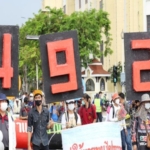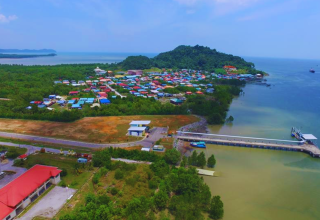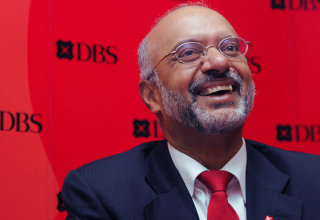
 Malaysia – As most businesses prepare for the May 1 implementation of the new RM1,500 minimum wage, questions persist over whether SMEs can afford the extra expense.
Malaysia – As most businesses prepare for the May 1 implementation of the new RM1,500 minimum wage, questions persist over whether SMEs can afford the extra expense.
The new standard comes as the economy continues to recover from the Covid-19 outbreak.
Despite the complete adoption of a minimum wage in January 2013 and subsequent increases in 2016 and 2019, data from Malaysia’s Statistics Department (DoSM) revealed that SMEs grew every year from 2013 to 2019.
From 2013 to 2019, the DoSM revealed that SMEs grew by over 5% a year using GDP.
The growth rates were: 6.4% (2013), 13.5% (2014), 6.2% (2015), 5.2% (2016), 7.2% (2017), 6.2% (2018), and 5.8%. (2019).
When the Covid-19 pandemic hit Malaysia in 2020, SMEs’ GDP fell by 7.3%, the worst growth rate recorded by DoSMs since 2003.
“The two-year pandemic led to a very unequal recovery last year, with SMEs growing far slower than the 5.6% average GDP growth.
Related Posts
“Ideally, the rise in minimum wage would be phased over two to three years,” said Yeah, head of the Jeffrey Cheah Institute on Southeast Asia at Sunway University.
In ringgit terms, SMEs GDP grew gradually from RM261.0 billion in 2018 to RM552.3 billion in 2019, before falling to RM512.8 billion the following year.
When the minimum wage rate goes into effect, the government said on April 18 that it would be deferred to many employment categories, including the informal sector and businesses with fewer than five workers.
This concession would not benefit SMEs on the “fringes”, said Yeah. Businesses with less than five workers or those that ran out of reserves during the Covid-19 outbreak are examples. He believes the government should go after the source of the issue and develop methods to encourage investment in failing enterprises, which would assist these businesses raise employee compensation.






























